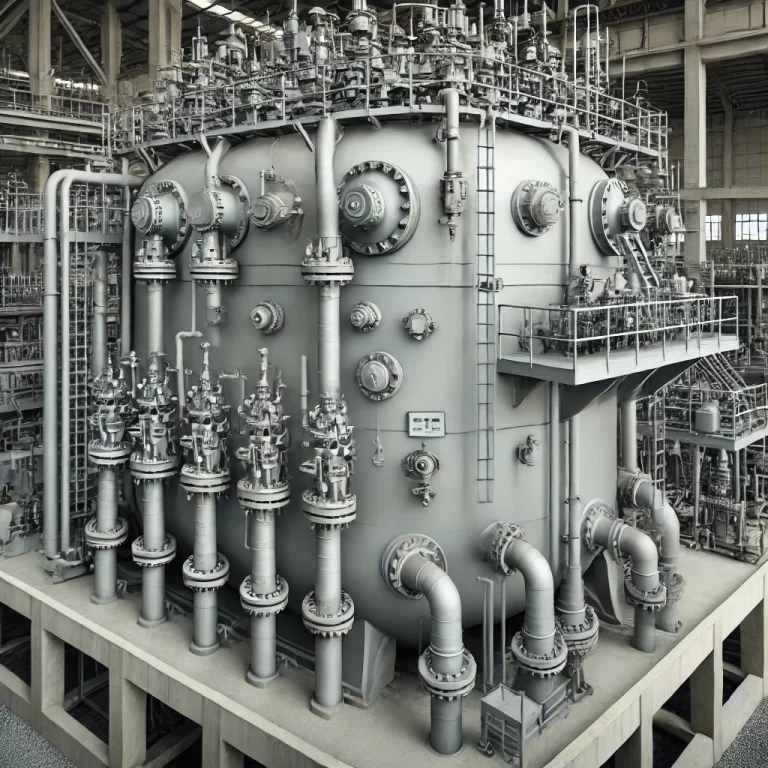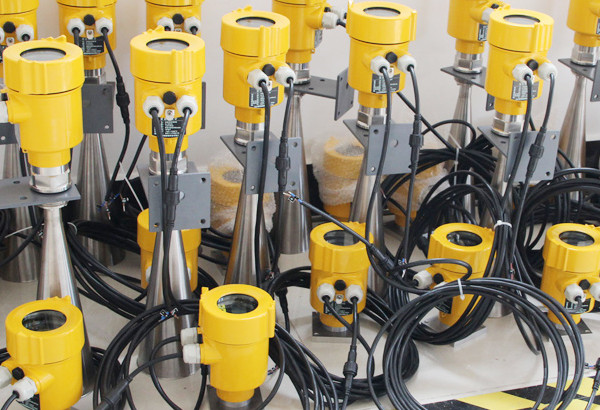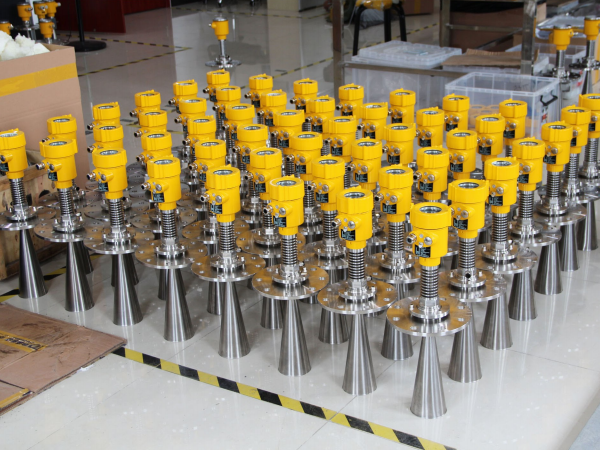In industrial production processes, accurately measuring the level in the acid adjustment tank is crucial for ensuring the smooth progression of reactions and the stability of product quality.
The radar level meter, as an advanced level measurement technology, demonstrates significant application value in complex working conditions such as acid adjustment tanks due to its advantages of non-contact measurement, high precision, and strong anti-interference capability.

The radar level meter measures distance by emitting microwave signals and receiving their reflected waves. When the microwaves encounter the surface of the measured medium, they generate a reflection. The radar level meter accurately calculates the level height by determining the time difference or frequency difference between the emitted and received signals.
In the application of acid adjustment tanks, this measurement method avoids the issues that traditional contact-based measuring instruments often face, such as corrosion and scaling, thereby ensuring continuous and stable measurement.

The environment inside the acid adjustment tank is complex and variable, with factors such as high temperatures, steam, foam, and varying concentrations of acid that can all impact the measurement accuracy of the radar level meter. To address these challenges, modern radar level meters typically employ high-frequency microwave technology, which allows for better focusing on the surface of the measured medium, thereby reducing interference from surrounding environmental factors.
Additionally, some radar level meters are equipped with advanced signal processing algorithms, such as false echo suppression technology, which can identify and eliminate false reflection signals caused by steam, foam, and other factors, ensuring the accuracy of the measurement results.
In practical applications, several factors need to be considered when installing a radar level meter. For example, choosing the appropriate installation location to avoid interference from obstacles within the tank; adjusting the measurement angle to suit the shape and size of the acid adjustment tank; and regularly calibrating and maintaining the instrument to compensate for potential instrument drift and environmental changes. Proper handling of these details is directly related to the performance of the radar level meter under actual working conditions.

The non-contact measurement characteristic of the radar level meter not only enhances the safety and reliability of the measurements but also provides greater flexibility in the design and optimization of acid adjustment tanks. Engineers can use the measurement data from the radar level meter to adjust the acid dosing and process parameters in real-time, achieving automated and intelligent control of the production process.
Although the application of radar level meters in acid adjustment tanks has shown excellent performance, users must still exercise caution when selecting and using these devices. Different acid adjustment processes and medium characteristics may require different models of radar level meters.
Therefore, when choosing a radar level meter, it is essential to thoroughly understand the specific application environment and measurement requirements. If necessary, consulting with professional technical personnel or manufacturers can help ensure that the selected equipment meets the actual needs.
